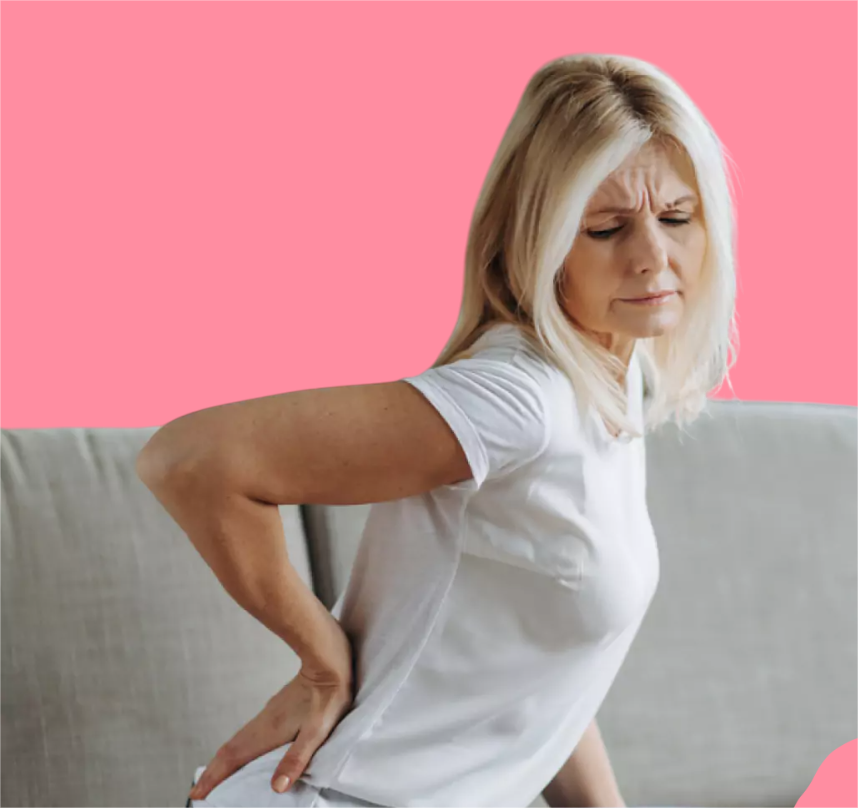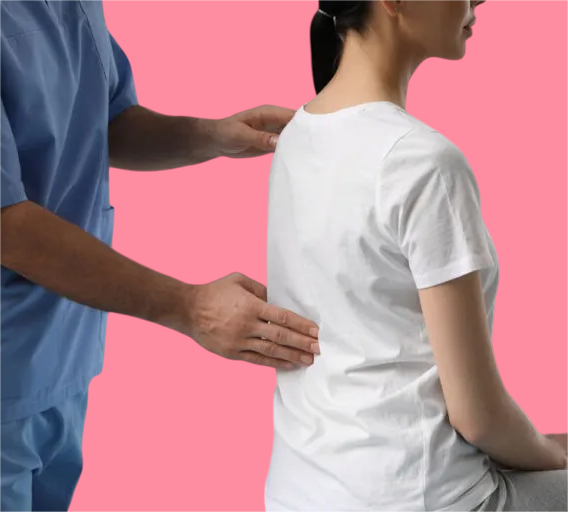Some women suffer from health problems affecting their bones and joints. Osteoarthritis is a rare but potentially devastating condition.
It can cause chronic pain, difficulty moving, and noticeable bone deformities. This condition can appear at any age, varies in severity from woman to woman, and can worsen if not diagnosed and treated early.
What is osteoarthritis in women?
Osteoarthritis is a disease that leads to separation or disintegration of the areas where bones connect to cartilage. It often occurs in major joints such as the knee, shoulder, or ankle. Also known as osteochondritis, this condition occurs due to poor blood flow to a portion of the bone, leading to the death of bone tissue and its disintegration.
Causes of osteoarthritis in women

The exact causes are not fully known, but they include several factors, such as:
- Repeated injuries or excessive stress on the joint, such as strenuous exercise.
- Poor blood circulation in the bone, leading to bone necrosis.
- Genetic factors may increase the risk of developing osteoarthritis.
- A defect in the growth of bones and cartilage in teenage girls.
- Chronic diseases affecting bones, such as ischemia or blood diseases.
- Hormonal or metabolic disorders.
Symptoms that appear in women upon injury
Symptoms depend on the location and severity of the injury, but the most prominent symptoms include:
- Recurring pain in the affected joint, often the knee or shoulder.
- Swelling in the joint or a feeling of stiffness.
- Difficulty moving the joint normally.
- Crackling or a sensation of something moving inside the joint.
- Inability to stand or walk for long periods without pain.
- In some cases, a joint locks due to the movement of a part of the bone.
Common Sites of Osteoarthritis
It can affect several joints in the body, the most common of which are:
- The knee, most commonly, especially on the inner side.
- The shoulder causes pain when raising the arm.
- The ankle, after repeated injuries such as a sprained foot.
- The hip or elbow, less commonly.
Methods for Diagnosing Osteoarthritis in Women
Diagnosis relies on a thorough clinical assessment and imaging tests, such as:
- Physical examination to determine joint range of motion and the presence of pain.
- X-rays to detect bone changes.
- MRI to determine bone death or displacement of the separated fragment.
- CT scan to accurately assess bone details.
- In some cases, arthroscopy is used to confirm the diagnosis.
Possible Complications of Osteoarthritis
If left untreated, the following complications may develop:
- Joint lysis and erosion.
- Chronic joint osteoarthritis.
- Permanent joint deformities.
- Chronic pain that affects quality of life.
- Permanent limitation of joint motion.
Medications Used to Treat Osteoarthritis
Medication therapy aims to reduce pain and promote healing, including:
- Simple painkillers such as paracetamol.
- Nonsteroidal anti-inflammatory drugs such as ibuprofen or diclofenac.
- Nutritional supplements such as glucosamine and chondroitin to support cartilage.
- Vitamin D and calcium to support bone health, especially after menopause.
Warning: Please do not take any medication without consulting your doctor.
Other Treatments Used Along with Medications

There are several treatment methods other than medication, including:
- Rest and avoiding strenuous activities.
- Using a brace or splint to stabilize the joint.
- Physical therapy to improve movement and circulation.
Preventive Steps to Avoid Injury or Recurrence
There are several steps you can take to avoid injury, including:
- Avoid overusing joints, especially during strenuous exercise.
- Maintain a healthy weight to reduce stress on the joints.
- Treat any joint injury quickly and do not ignore pain.
- Exercise moderately and regularly.
- Regular follow-up if abnormal joint symptoms occur.
Article Summary
Osteoarthritis is a rare but painful condition affecting the joints, leading to the disintegration of a portion of the bone due to poor blood flow. It most commonly affects the knee or shoulder in women and manifests as pain, swelling, and difficulty moving.
Treatment depends on the severity of the condition and includes rest, medication, and, in advanced cases, surgery. Early diagnosis, adherence to treatment, and ongoing follow-up can help women regain mobility and improve their quality of life.